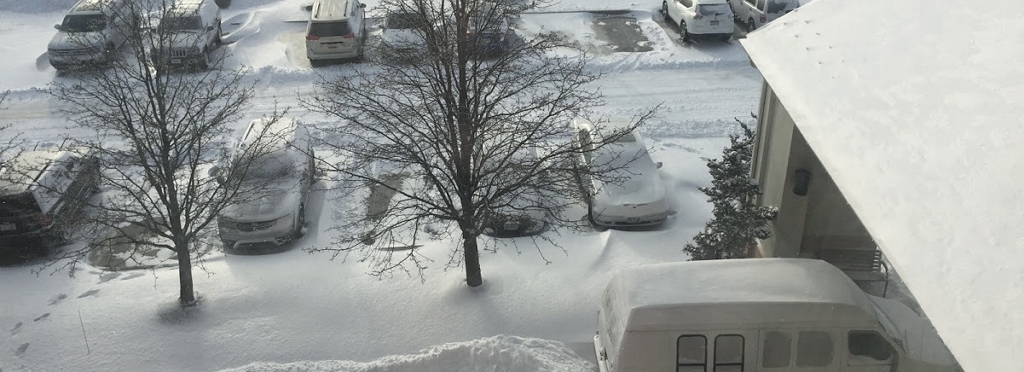Description
Extreme cold/wind chill temperature is the temperature that people and animals feel when outside and it is based on the rate of heat loss from exposed skin by the effects of wind and cold. What is considered an excessively cold temperature varies according to the normal climate for that area. Whenever temperature drops decidedly below normal and wind speed increases, heat leaves the human body more rapidly, increasing the possibility of negative effects of the extreme cold temperatures. When cold temperatures and wind combine, dangerous wind chills can develop.
Wind chill is how cold it feels when outside. Wind chill is based on the rate of heat loss on exposed skin from wind and cold. As the wind increases, it draws heat from the body, driving down skin temperature, and eventually the internal body temperature. Therefore, the wind makes it feel much colder than the actual temperature. For example, if the temperature is 0°F and the wind is blowing at 15 mph, the wind chill is -19°F . At this wind chill, exposed skin can freeze in 30 minutes.
Location and Extent
Extreme cold temperature is not a hazard with a defined geographic boundary. All localities within the CVPDC area are exposed to this hazard.
History
Cold/Wind Chill
From 1996 to 2018, there have been at least 20 cold/wind chill event reports recorded by NCEI for the CVPDC area. Approximately $539,000 in crop damages were recorded in the CVPDC area.
Frost/ Freeze
Typically, frost can occur when the temperature falls below 36°F, especially in rural areas. The National Weather Service does not keep track of "frost" in observations per se. It is a localized phenomena and can be quite variable across a small area. Frost becomes more widespread when the temperature falls below 32°F with some freeze possible. A hard freeze is possible when temperatures fall below 28°F.
From 2005 to 2018, there have been at least 17 frost/freeze days , and 2 days resulted in crop damage were recorded by NCEI for the CVPDC area. Approximately $1,388,000 in crop damages were recorded in this area.
Plan Chapter
CVPDC HMP 2020





